Facts and Statistics
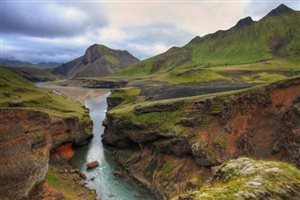
About the Trail
This trail provides a short but strenuous hike of around 78 km. it cuts through colorful mountains, perky summer flowers, spellbinding vistas, photogenic alpine lake, steam vents for warmth, snowy trails and boiling mud pots. On top of that, you will also encounter river crossings, black and green misty mountains, black lava rocks, enchanting forests, a waterfall and the alpenglow at sunset. At the end of the trail, the grand Skogafoss falls await you.
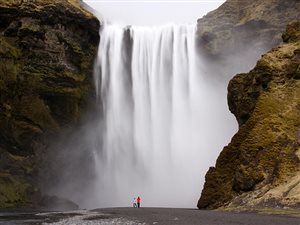
This trail should not be taken for granted. Although it is well marked, spotting can be made difficult, when there is falling snow. When you hear that conditions change rapidly, then that is the truth with this trail. Hikers passing through the Morinsheidi heath have encountered dropping temperature from hot and bright sunshine to high winds and sleet, with freezing.
A challenging section, the Cat’s Back is not for the faint hearted. Located on the Fimmvorduhals Pass, it is a narrow, arched section featuring sheer drop offs on both sides. As you advance, other sections need hand-over-hand climbing. The last challenge along the trail is a small exposed section that includes chains to hold on to, to remain assured.
Getting There
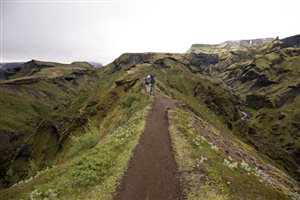
Since it is situated in the southern highlands, this trail can only be serviced few times per year. Camping huts start opening around 25th June closing at the start of September. Snowmelt and other weather conditions can alter those dates. Considering nature and security reasons, you are advised not to hike the Laugavegurinn when the huts are not open.
There are six huts along the trail, where you can plan for your accommodation. The huts, the guests, and the tracks are taken care of by wardens, who are also eager to provide information about the trail and first aid services. Inside the huts, guests can expect bunk accommodation, shared kitchen equipment, running cold water, gas heaters, water toilets, and showers. Beddings are not provided. A certain fee is charged to spend the night inside the huts, payable through cash or credit cards.
If you are not eager to use the huts, then you can opt for camping. Camping facilities are attached close to the huts. If you intend to do camping, then you don’t have to book in advance. You can access showers, running cold water, toilet facilities, and garbage disposal. Camping outside the designated camping zones is not allowed by law. This was necessitated by the increasing number of hikers, thus the need to take care of natural reserves and security reasons.
Nature Protection

With the same reason in mind, hikers are requested to carry their waste and dispose it at the next hut, even if it’s a tissue paper. Taking care of nature helps to preserve the trail, so that the upcoming generations can enjoy the same adventure you have.
Hiking the Trail
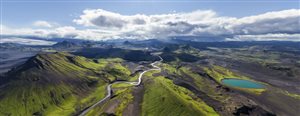
This trail will involve carrying up to 20 kg of pack weight, up to 16 km every day. You are also expected to ascend to 1000m, spread over 10km during the first hiking day as you approach Hrafntinnusker. Rocky, slippery, rough surfaces and steep declines are some of the terrain that you are likely to encounter. Including at least one rainy day and crossing icy glacial rivers with up to meter-deep water.
When the weather is good, you will encounter beautiful views of the scenery. With horizontal rain and freezing temperatures, then you will not view anything at all. It is considered an alpine hiking trail. As such, steep, slippery, and rocky ground surfaces cause accidents each year. However, you should not be worried, since there are more than 100 hikers during the season, who are always willing to help.
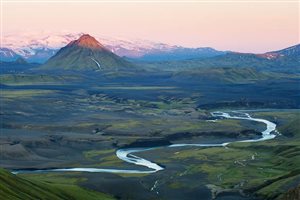
Bottom line
During good weather, the Laugavegurinn or Fimmvörouháls Pass in Iceland is a suitable hiking trail for most hikers. It is also one of the most beautiful in the country. During bad weather, conditions can be very risky, for both amateurs and experienced hikers. Expect snow during July and august, while fog is a common feature. Correct estimation of your capabilities and correct clothing is necessary. It is a trail of extremes on both sides. In good weather, it is extremely beautiful and extremely dangerous during bad weather.

0 comments